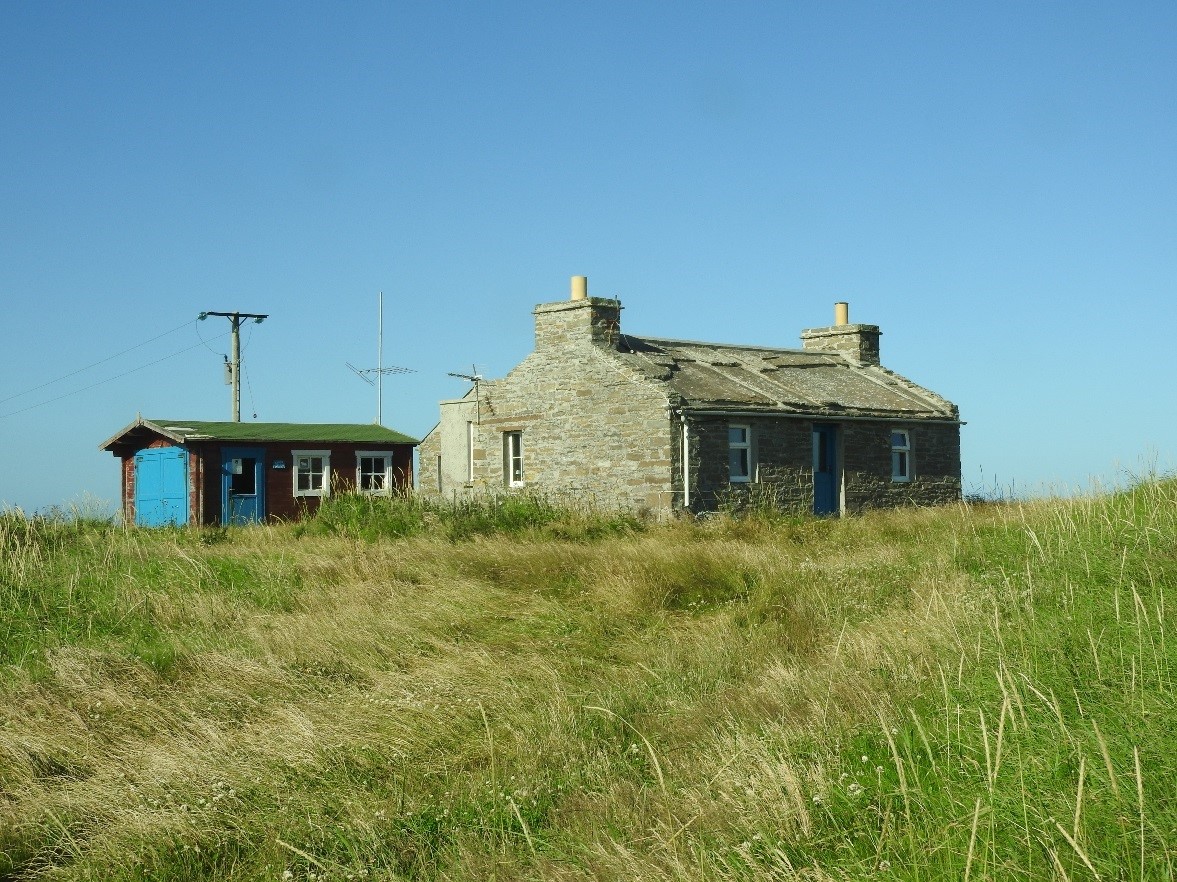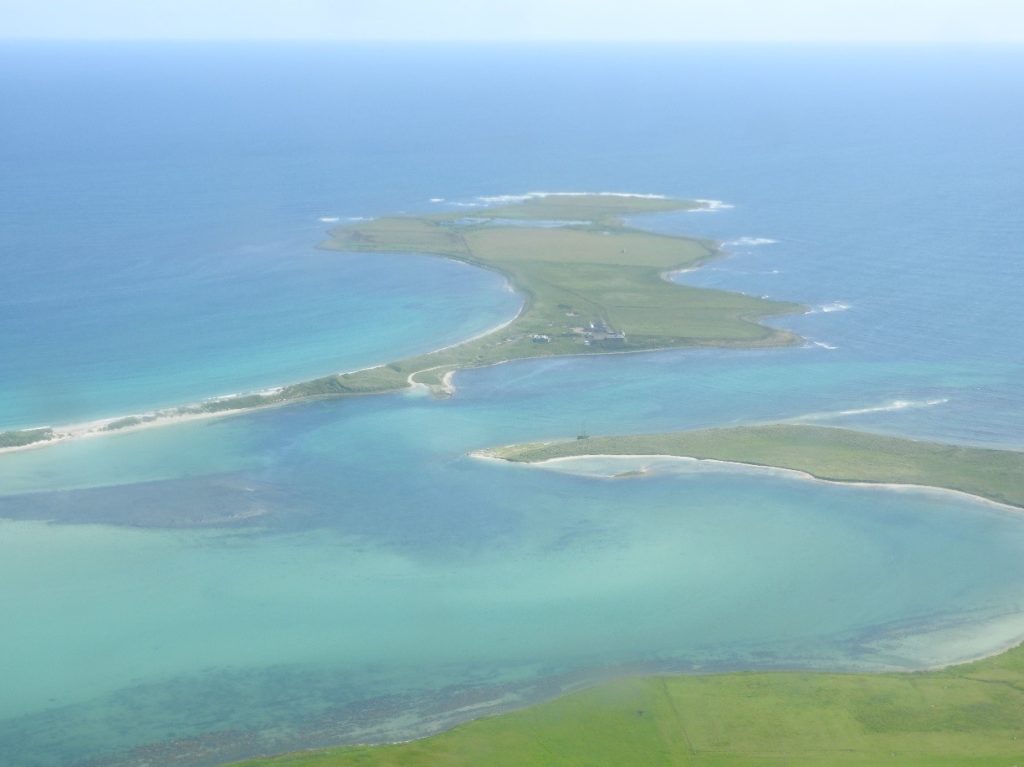Last week I spent three days up in the Orkney Islands, training the newest member of the Scottish Empty Homes Network, Rachael Bowes. Her post is part funded by the Scottish Government, Orkney Islands Council and Highlands & Islands Enterprise.
On our first day, Rachael’s manager Luke Fraser packed us both into his car and we set out on an abominably rainy day (which I got the blame for, as apparently it’s sunny all the time in Orkney) to view some of the main empty homes on the mainland. The rain wasn’t too much of an issue as I sprung the camera out and got snapping, because as any Empty Homes Officer can tell you, when taking ‘before’ pictures it’s always better to be a glum, dark day so you can take the ‘after’ picture in the bright sunshine!
What struck me though was the sheer number of empty homes we could spot from the main road across the island, especially given the relatively small population. Orkney has amongst the highest rate of empty homes relative to population size of anywhere in Scotland. There are a multitude of different reasons for this, and as with all areas these can be very local, or related to wider issues. A lot of people have migrated from Orkney to other parts of Scotland, the UK and the wider world. Orkney has also experienced a similar issue to other largely rural areas in Scotland, in that population has tended to drift towards the towns and away from traditional farmsteads and crofts. Indeed these made up the vast majority of empty properties that we saw. Many of these properties have been empty for decades and some even longer still. In most cases, the obvious solution is knock down and start over again.
These issues are exacerbated on the outer islands. If, like me, you think mainland Orkney seems a bit isolated and remote, then travelling to the remote islands is a true culture shock. We travelled to North Ronaldsay, the most northerly of all the islands. The photo below shows a typical view that we were exposed to time and time again across the island.

The sheer number of empty homes here, relative to the population, was staggering. It looked from our point of view that at least 50% of buildings were empty or unused, maybe more. Explaining this is easy; transport links to the island are difficult and non-existent in poor weather, and the dwindling population has led to the closure of various facilities which decreases employment opportunities. It’s a simple but deadly combination.
Obviously, an Empty Homes Officer, or in Rachael’s case, Empty Homes Development Officer, cannot solve these issues on their own. But Rachael is part of a wider effort by the Council and the Government to invest in ways to make remote communities sustainable. We heard from the local Development Trust that there are people wanting to live on the island, but it’s just difficult to find somewhere that’s both available and in a condition to move into. That’s where it is hoped Rachael will be able to help.
I was really impressed by both Rachael and Luke and the work they are doing, and look forward eagerly to seeing the first case studies starting to come rolling in. But in case you can’t wait for more photos of that gorgeous place, here’s one to tide you over.

SaveSave


